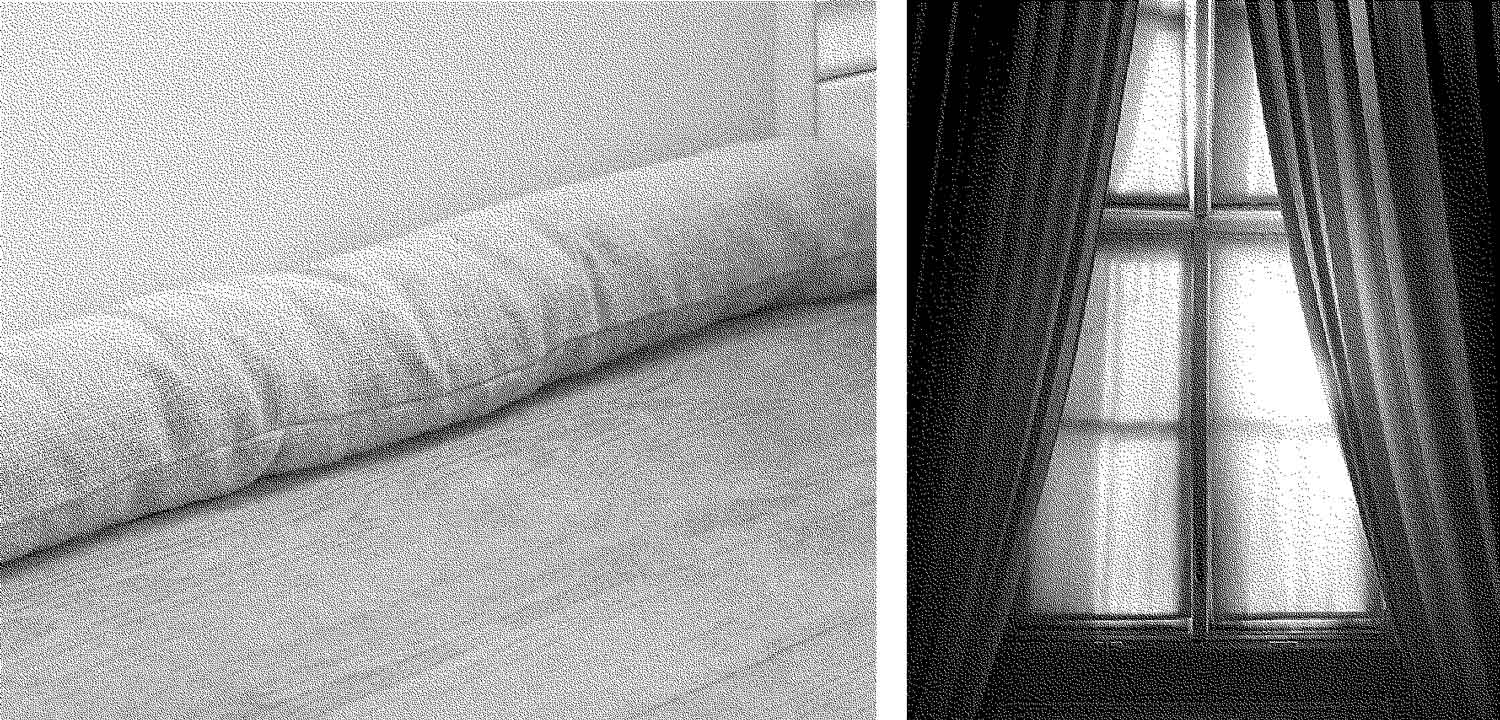
Heating is not just an energy problem: it is first and foremost a subject of thermal comfort, but also of overall comfort that includes subjective factors (culture, motivation, etc.).
To improve thermal comfort in winter, we can already act on clothing in order to increase the thermal resistance of clothing and reduce body heat loss.
Of course, sweaters, fleeces and underpants are effective in reducing heat loss by convection and radiation.
This is also the case for blankets, often acclaimed for their comfort and whose popularity is also fueled by social networks and the "cocooning" fashion.
As for conduction losses to the ground, thick socks, slippers or slippers are effective clothing accessories.
To play on this thermal comfort, we can also modify the thermal characteristics of the walls of the rooms we live in.
For example, floor mats can modify the effusivity of the floor, which reduces the feeling of "cold" when in contact with tiled or stone surfaces for example.
Curtains can also be effective in reducing the "cold wall" effect near windows (but you also have to think about providing a rod to hang them).
Certain accessories can also reduce heat loss through air infiltration and draught.
This is the case of draught excluder which are in my opinion extremely effective accessories because they also reduce the discomfort caused by the draft at floor level (left image).
To give you an example, I measured a cold air current at a speed of 0.7 m/s at the foot of the front door of my home, which was reduced by installing a draught excluder.
Finally, we will not forget the timeless hot water bottles that use the thermal inertia of water to preheat beds and which remain original objects.
All these low-tech accessories can be manufactured locally and improve winter comfort or heat your home less.
Image: bloomling.fr / Moon (Unsplash)